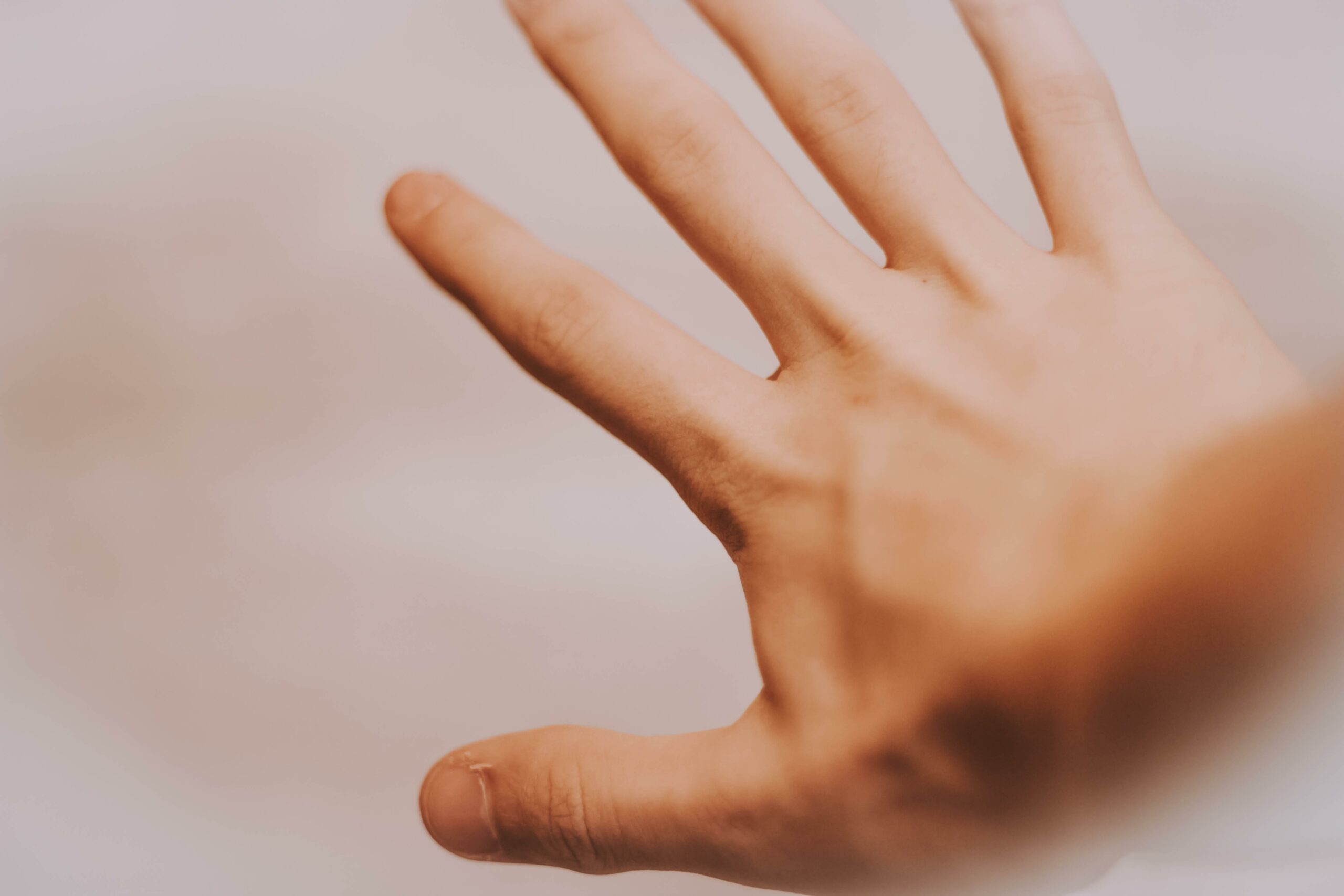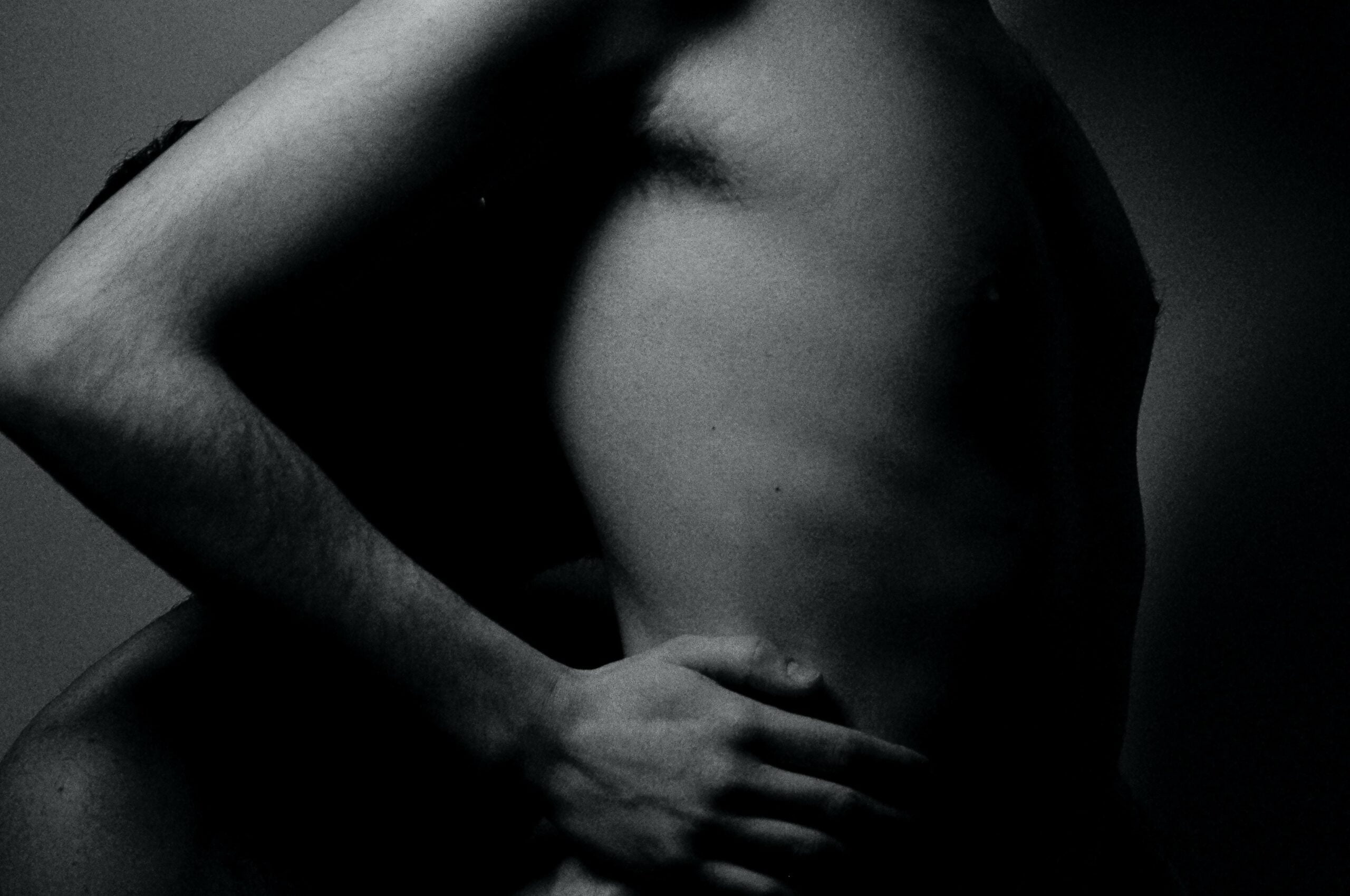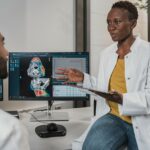Welcome to a world of discovery, where the wonders of the human body will be unveiled before your eyes. In this article, we embark on a journey of unraveling the mysteries surrounding our most intricate creation—the human body. As we delve into the depths of biology, physiology, and nutrition, we will explore the complexities and marvels within us. Join me as we dive into the realms of medical studies, scientific concepts, and fascinating revelations, translating them into accessible and engaging content that will leave you in awe of the magnificent machine that is the human body.

The Marvels of the Human Body: Unraveling its Mysteries
Human body, a complex and interconnected system that never ceases to amaze. With trillions of cells working harmoniously, it is a magnificent machine designed to support life and ensure the survival of the individual. So, let’s dive into the fascinating world of the human body and uncover its hidden wonders.
The Intricate Organization
At the core of the human body lies an intricate organization of cells, tissues, organs, and systems. Each component plays a vital role in maintaining the overall function and well-being of the body.
Did you know that the human body is made up of approximately 60% water? It’s like a flowing river within us, essential for countless biochemical reactions that keep us alive and kicking. Besides water, the body is composed of various organic compounds, such as lipids, proteins, carbohydrates, and nucleic acids, each with its unique purpose.
A Symphony of Cells
Imagine the human body as a symphony, with each cell playing its part in perfect harmony. Trillions of cells make up our bodies, each capable of growth, metabolism, and reproduction.
These cells are the building blocks of life, meticulously crafted to fulfill specific roles. From the neurons in our brains, allowing us to perceive the world, to the red blood cells delivering oxygen to every corner of our being, each cell is a crucial player in the grand orchestra of life.
Exploring Anatomy and Physiology
To truly grasp the wonder of the human body, we journey into the realms of anatomy and physiology. In the world of anatomy, we delve into the structure and organization of different body parts and systems. It is here that we discover the complexity of the human body’s intricate design.
While anatomy deals with the structure, physiology enlightens us on the mechanical, biochemical, and physical functions that bring the human body to life. Understanding the intricate dance of these functions allows us to appreciate the miracles happening within us every second of every day.
The Father Figures: Vesalius and Bernard
As we investigate the history of human anatomy and physiology, we encounter two towering figures. Andreas Vesalius, known as the father of human anatomy, revolutionized the study of the human body with his meticulous dissections and detailed illustrations. His work laid the foundation for our understanding of the human form.
Claude Bernard, on the other hand, is heralded as the father of human physiology. Through his pioneering experiments, he unraveled the mysteries of bodily functions, revealing the intricate mechanisms at play. The contributions of both Vesalius and Bernard paved the way for modern medicine and our appreciation of the wonders of the human body.
The Vital Organs
Within the human body lie organs that are essential for our survival, each with its unique function. From the mighty brain, the command center of our being, to the intricate network of blood vessels, ensuring the delivery of vital nutrients, our organs work tirelessly to maintain homeostasis.
Pros and Cons of Key Organs:
- Brain:
- Pros: The brain is the seat of consciousness and intelligence, allowing us to perceive and interpret the world around us. It controls our thoughts, emotions, and bodily functions.
Cons: Brain injuries or disorders can lead to significant impairments, affecting cognition, movement, and overall quality of life.
Heart:
- Pros: The heart pumps oxygen-rich blood to every organ, providing them with the necessary nutrients for their function. It is the lifeline that keeps us going.
Cons: Heart diseases can be fatal, causing a range of complications and impairing the heart’s ability to fulfill its role.
Lungs:
- Pros: The lungs oxygenate blood and remove carbon dioxide, facilitating respiration and keeping our cells well-supplied with oxygen.
Cons: Lung diseases, such as asthma or chronic obstructive pulmonary disease (COPD), can impair the lungs’ ability to function efficiently, limiting the intake of life-giving oxygen.
Kidneys:
- Pros: Kidneys filter waste products, regulate fluid balance, and maintain electrolyte levels in the body. They play a vital role in keeping our internal environment in balance.
- Cons: Kidney diseases, such as chronic kidney disease or kidney failure, can disrupt these crucial functions, leading to a buildup of toxins and imbalances in the body.
The Complex Web of Systems
As we explore further, we unravel the story of how the different systems within our human body work together to maintain life’s delicate balance. From the digestive system, extracting nutrients from our food, to the muscular system, empowering movement, these systems are interconnected, creating a tapestry of life-sustaining functions.
The table below provides an overview of the key systems in the human body:
| System | Main Function |
|---|---|
| Digestive System | Breaks down and absorbs nutrients from food |
| Respiratory System | Facilitates the exchange of oxygen and carbon dioxide |
| Cardiovascular System | Circulates oxygen, nutrients, and hormones throughout |
| Muscular System | Enables voluntary and involuntary movement |
| Skeletal System | Provides support, protection, and movement |
| Nervous System | Coordinates and regulates body functions |
| Endocrine System | Produces and releases hormones for regulation |
| Reproductive System | Facilitates sexual reproduction |
| Immune System | Defends the body against pathogens |
Embracing the Marvels
The human body is undoubtedly a marvel, an intricate masterpiece crafted through eons of evolution. Its complexity and interconnectedness are awe-inspiring, leaving us to marvel at how it all works seamlessly.
As we continue to uncover the mysteries of the human body, we gain a deeper appreciation for its wonders. This understanding allows us to take charge of our health and make informed choices that nurture and support this extraordinary vessel we call home.
In the words of Leonardo da Vinci, “Learn how to see. Realize that everything connects to everything else.” Let us embrace the interconnectedness of our bodies and celebrate the wonders of the human body that make us truly remarkable beings.
The human body is an intricate system of muscles, ligaments, and tendons that work together to allow us to move and perform daily tasks. Have you ever wondered which tendon in the human body is the smallest? Well, look no further! The smallest tendon in the human body is the one that connects the middle ear muscles to the stapes bone in the ear. This tiny but mighty tendon is responsible for transmitting sound vibrations and plays a crucial role in our sense of hearing. If you’re curious to learn more about the smallest tendon in the human body, click here.
FAQ
Question 1: What is the composition of the human body?
Answer 1: The human body is primarily composed of water and organic compounds such as lipids, proteins, carbohydrates, and nucleic acids.
Question 2: How is the human body organized at the cellular level?
Answer 2: The human body is organized into trillions of cells, each capable of growth, metabolism, and reproduction, which work together to form tissues, organs, and systems.
Question 3: What is the difference between human anatomy and human physiology?
Answer 3: Human anatomy focuses on the structure and organization of different body parts and systems, while human physiology deals with the mechanical, biochemical, and physical functions of the human body.
Question 4: Who are the pioneers in the fields of human anatomy and physiology?
Answer 4: Andreas Vesalius is known as the father of human anatomy, while Claude Bernard is considered the father of human physiology.
Question 5: What are some of the important organs in the human body?
Answer 5: The human body contains vital organs such as the brain, lungs, heart, kidneys, liver, stomach, intestines, and bladder, which are essential for maintaining life and proper bodily functions.
- Georgia Platform: A Southern Strategy, 1850s - March 31, 2025
- How many weeks is 40 days: Quick Conversion Guide for Accurate Results - March 31, 2025
- How many feet is 300 meters? 984 Feet: Understand Length Conversions Easily - March 31, 2025
















